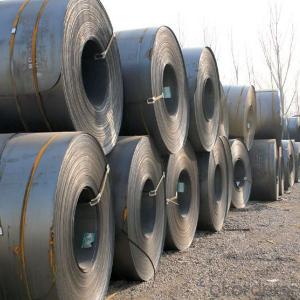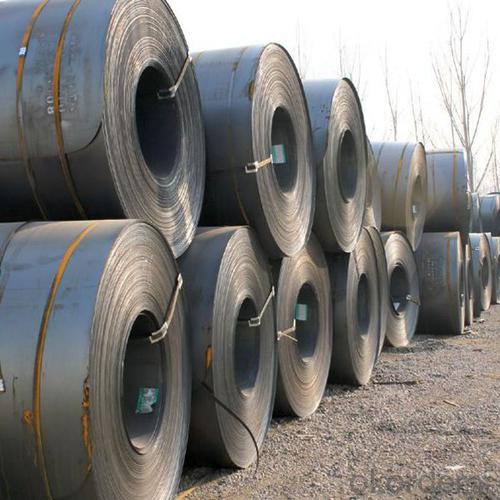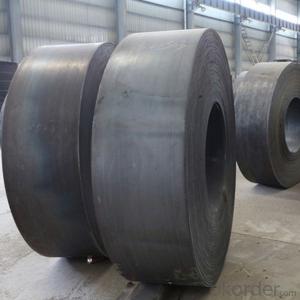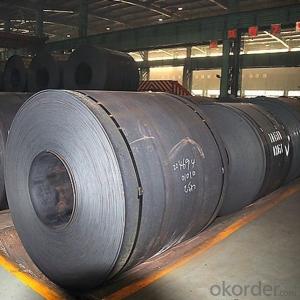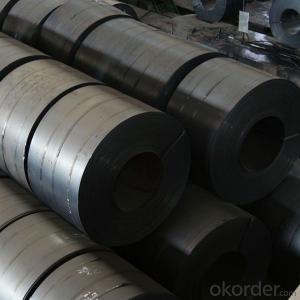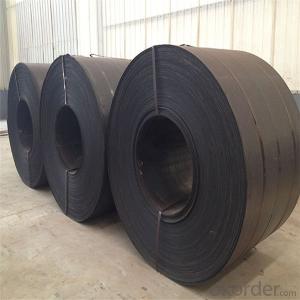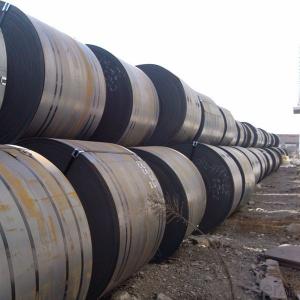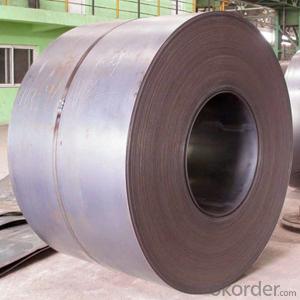Hot Rolled Steel Coils Hot Sale Made In China SS400
- Loading Port:
- China main port
- Payment Terms:
- TT OR LC
- Min Order Qty:
- 28 m.t.
- Supply Capability:
- 10000000 m.t./month
OKorder Service Pledge
OKorder Financial Service
You Might Also Like
Specification
DESCRIPTION FOR CARBON STEEL PLATE
Thickness | 0.5-100mm |
Width | 1250mm,1500mm,1800mm,2000mm.,2500mm or as required |
Length | 2000-12000mm |
Standard | AISI, ASTM, BS, DIN, GB, JIS |
Material | A36,SS400,SPCC,SPHC, Q195, Q 235,Q345 |
Tehnique | Hot rolled;cold rolled |
Payment | TT ,L/C |
Packing | Standard seaworthy packing or as required |
Market | Mild east, North/South America, Europe, Asia,Africa etc |
Certificate | BV,SGS,MTC |
Delivery time | 15-45days after confirming the order |
TRADE TERMS :FOB, CFR, CIF
PACKING:
1.Big thickness:by bulk vessel
2.Small thickness:packed by steel strips and shipped by container
3.According to the requirements of customers'
PICTURES:
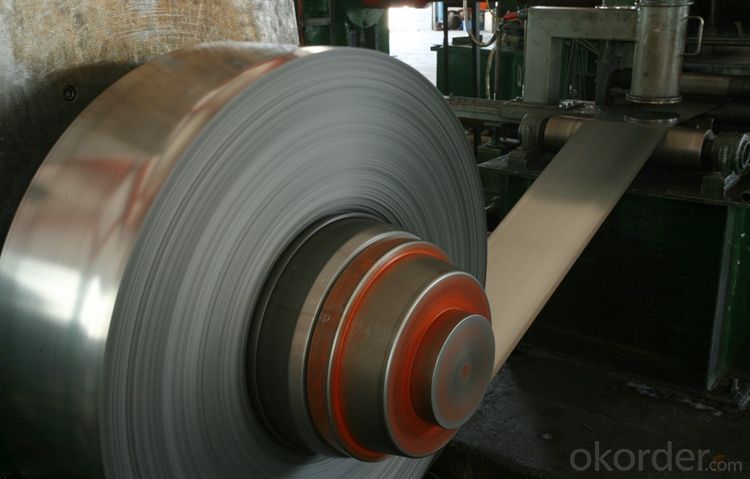
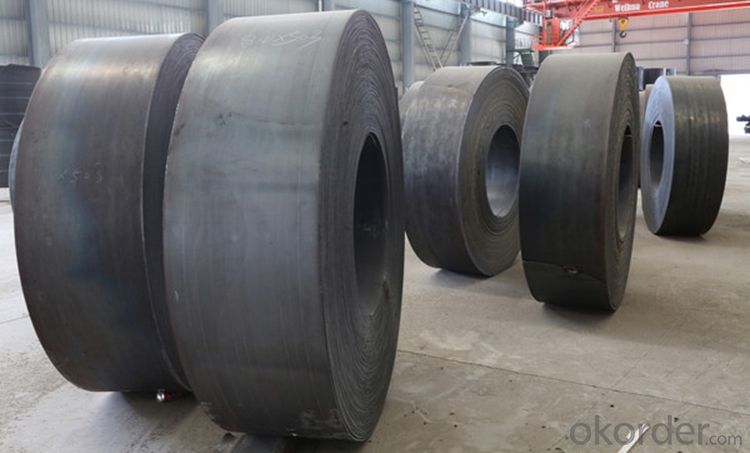
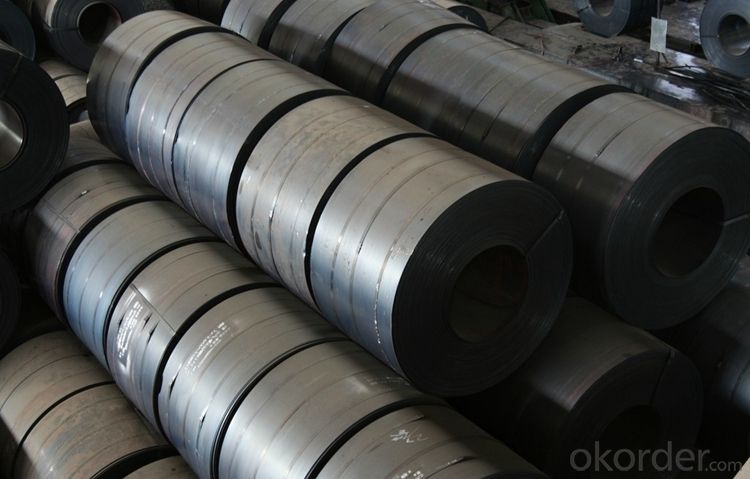
FEATURES OFSTEEL COILS
(1)Good ductility
(2)Good corrosion resistance
(3)Excellent abrasion resistance and fatigue strength
(4)Good weldability
(5)Oxidation resistant performance
(6)Excellent in high temperature
FAQ:
1.Q:You are Factory or Trading Company?
A:We are factory,our main products include Steel plate,Steel Bar,Steel coils.
2.Q:What’s the MOQ?
A:Generally,the trail order will be accepted.The MOQ can be confirmed according to the different products.For example,the MOQ of rebar will be 25-50MT,the galvanized steel pipe will be 10MT,the stainless steel pipe will 1-5MT.
3.Q:Do you have OEM service?
A: Yes.Variety of products size,quality and quantity can be customized according to your need.
4.Q:Could you support free sample?
A:Yes.We can supply FREE samples.But the delivery charges will be covered by our customers.
5.Q:How about the delivery time?
A:Within 15-30days after receiving the deposit or L/C at sight.
- Q: What are the different types of steel coil handling systems?
- There are several types of steel coil handling systems, including overhead crane systems, coil grab systems, coil transfer cars, and coil tilters. Each system is designed to efficiently and safely handle steel coils in different environments and applications.
- Q: How do steel coils contribute to the agricultural sector?
- Steel coils contribute to the agricultural sector in various ways. Firstly, steel coils are used in the manufacturing of agricultural machinery and equipment such as tractors, harvesters, and irrigation systems. These machines are essential for efficient farming operations, helping farmers increase productivity and reduce labor costs. The strength and durability of steel coils ensure that the machinery can withstand the harsh conditions of the agricultural environment. Additionally, steel coils are used in the construction of storage facilities and warehouses for storing agricultural products. These structures need to be strong and resistant to external elements to protect the crops from damage. Steel coils provide the necessary strength and stability required for constructing these storage facilities, ensuring the safe storage of agricultural produce. Furthermore, steel coils are used in the fabrication of fencing and other agricultural infrastructure. Fencing is crucial in protecting crops from animals and preventing trespassing. Steel coils provide a robust material for fencing, ensuring the security and protection of agricultural lands. Moreover, steel coils are utilized in the production of irrigation pipes and systems. Efficient irrigation is vital for the growth and yield of crops, especially in areas with limited water resources. Steel coils are used to manufacture pipes that can withstand high pressure and are resistant to corrosion, ensuring the efficient distribution of water throughout the agricultural fields. In summary, steel coils play a significant role in the agricultural sector by providing the necessary materials for manufacturing machinery, constructing storage facilities, fencing, and irrigation systems. The strength, durability, and resistance to harsh conditions make steel coils an essential component in enhancing agricultural productivity, protecting crops, and ensuring efficient farming practices.
- Q: How are steel coils labeled and identified?
- Steel coils are labeled and identified through a variety of methods to ensure proper tracking and handling throughout their journey. The labeling and identification process typically involves the following steps: 1. Manufacturer's Identification: The steel coil is initially marked with the manufacturer's name or logo, allowing for easy identification of the company that produced it. 2. Coil Number: Each steel coil is assigned a unique identification number, commonly referred to as a coil number. This number is often stamped or etched onto the surface of the coil and is used for tracking and inventory purposes. 3. Size and Weight: Steel coils are labeled with their size and weight specifications. This information helps in determining the dimensions and weight capacity of the coil, allowing for appropriate handling and transportation arrangements. 4. Grade and Material: The grade and material composition of the steel coil are typically indicated on the labeling. This provides essential information about the properties and quality of the steel, ensuring it is utilized correctly in manufacturing processes. 5. Heat or Lot Number: Steel coils can also be labeled with a heat or lot number, which refers to the production batch from which the coil originated. This information helps in traceability and quality control, facilitating identification in case of any issues or defects. 6. Barcodes or QR codes: Many steel coils are now labeled with barcodes or QR codes, which can be scanned using automated systems. These codes contain all relevant information about the coil, allowing for efficient data capture and management throughout the supply chain. Proper labeling and identification of steel coils are crucial for effective logistics management, inventory control, and quality assurance. By employing these identification methods, manufacturers, distributors, and end-users can easily track, handle, and utilize steel coils in a safe and efficient manner.
- Q: Why is the selection of steel building erector of extreme importance while starting a new steel building project?
- Steel building erectors play an important role as they are well versed with all the ups and downs of erecting a steel building and can prevent your construction project from unnecessary delays. There are lot of inexperienced steel building erectors in the market who can offer you their services at a much cheaper rate. Be cautious! It never works in the long run. A qualified steel building erector will always provide an initial professional insight of your project and cost effective solutions for your project.
- Q: i got a strip of steel from lowes how to sharpen it its not that thick its kinda slim but its heavyish its around 4'2 feet tall i cant get a whetstone or anything elsei have a brick , sand paper , and a hammer and some charcoal i was heating it up and trying to pound a edge into italso how to cut the steel to make a pointy curved tip any help appreciated and please tell me easy methodsplus its not sharp at all
- Bench grinder, Dremel Hand Grinder
- Q: Can steel coils be stamped?
- Yes, steel coils can be stamped. Stamping is a common process used to shape and form steel coils into various shapes and sizes for different industrial applications.
- Q: How do steel coil manufacturers handle customer complaints?
- Customer complaints in the steel coil manufacturing industry are addressed and resolved through a structured process. The manufacturer begins by carefully listening to and understanding the nature of the complaint. This involves actively engaging with the customer to gather all relevant information and ensure clear communication. Upon full comprehension of the complaint, the manufacturer promptly investigates the situation. This may involve reviewing production records, analyzing quality control measures, or conducting internal inspections. The goal is to identify the root cause of the problem and determine any contributing factors. Once the investigation is complete, the manufacturer provides a timely response to the customer. This response includes an explanation of the findings, an acknowledgement of the customer's concerns, and a proposed solution or resolution. The proposed solution may involve replacing defective coils, offering compensation, or providing expert advice to mitigate the issue. To prevent future complaints, the manufacturer takes steps to rectify any internal shortcomings. This could involve revisiting quality control procedures, improving communication among departments, or implementing additional employee training. Furthermore, maintaining open and transparent communication with customers throughout the complaint handling process is essential. Regular updates on the investigation's progress are provided, and any further concerns or questions from the customer are promptly addressed. In summary, prioritizing customer satisfaction and ensuring a fair and efficient resolution are crucial in handling customer complaints in the steel coil manufacturing industry. By following a structured approach, actively listening, and taking appropriate corrective actions, manufacturers can effectively address customer complaints and maintain positive client relationships.
- Q: I beat fallout 3 and i downloaded broken steel expansion. I have no idea how to get to broken steel in other words i do not know how to start playing it.
- Sorry, all three above are wrong. Once Broken Steel is downloaded via windows live it's supposed to start automatically, but if it's not then one should launch Fallout 3 from the Fallout3Launcher.exe and in the Data Files section checkmark Broken Steel before hitting Play Game. Then, if you've done everything right, no matter if you're first level stuck in Vault 101 or 20th level playing for 69 hours, in about a minute or so a message will appear saying that Broken Steel is installed and that your level cap has been raised from 20 to 30. Even if you don't proceed through the main quest to the new Broken Steel quests, Broken Steel content will still appear in your game, from Supermutant Overlords with Tri-Laser Rifles to Albino Radscorpions, they're all out there in random encounters. Broken Steel is how the game should've been released from the beginning if Bethesda had any conscience, but now that we've got it, enjoy it.
- Q: How are steel coils used in the manufacturing of tools?
- Steel coils are used in the manufacturing of tools as they provide a strong and durable material that can be shaped and formed into various tool components. These coils are typically cut, bent, and shaped to create the desired tool design, and then further processed and treated to enhance their strength and performance. Additionally, steel coils are often used for tool handles, as they provide a sturdy grip and long-lasting durability.
- Q: aLSO, DOES STEEL C45 REFER TO THE CARBON IN IT?ALSO, WHAT IS AIRCRAFT GRADE PLYWOOD AND WHERE DOES ONE GET IT
- chromium nickle steel aka stainless steel exact amount of chrome and nickle will determine type/grade numbers Check the google for steel type/grade Never head of aircraft grade, however,, there is marine grade - normally baltic birch with waterproof glue and no defects i.e. knots, etc. Very strong (also quite expensive) but worth it for the correct applications
Send your message to us
Hot Rolled Steel Coils Hot Sale Made In China SS400
- Loading Port:
- China main port
- Payment Terms:
- TT OR LC
- Min Order Qty:
- 28 m.t.
- Supply Capability:
- 10000000 m.t./month
OKorder Service Pledge
OKorder Financial Service
Similar products
Hot products
Hot Searches
Related keywords
